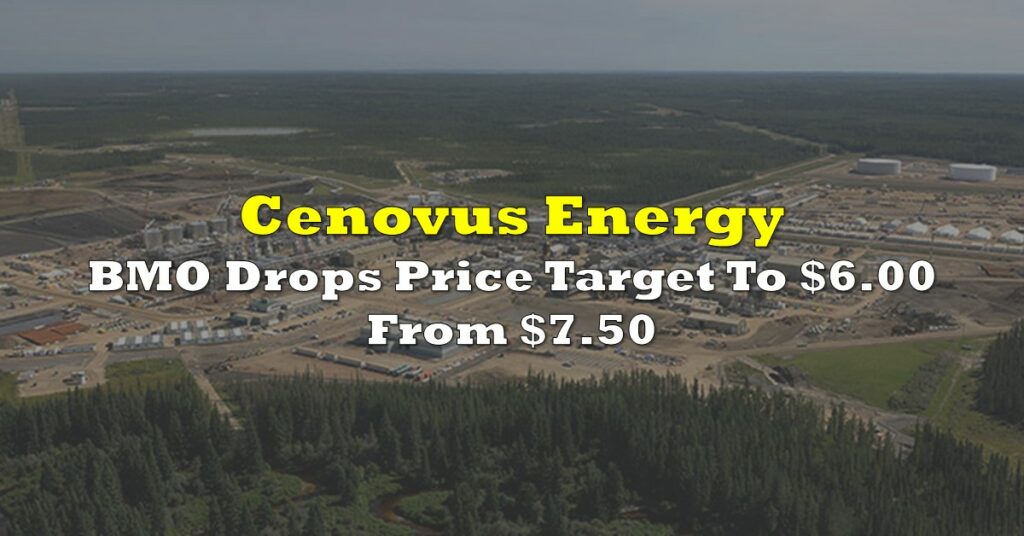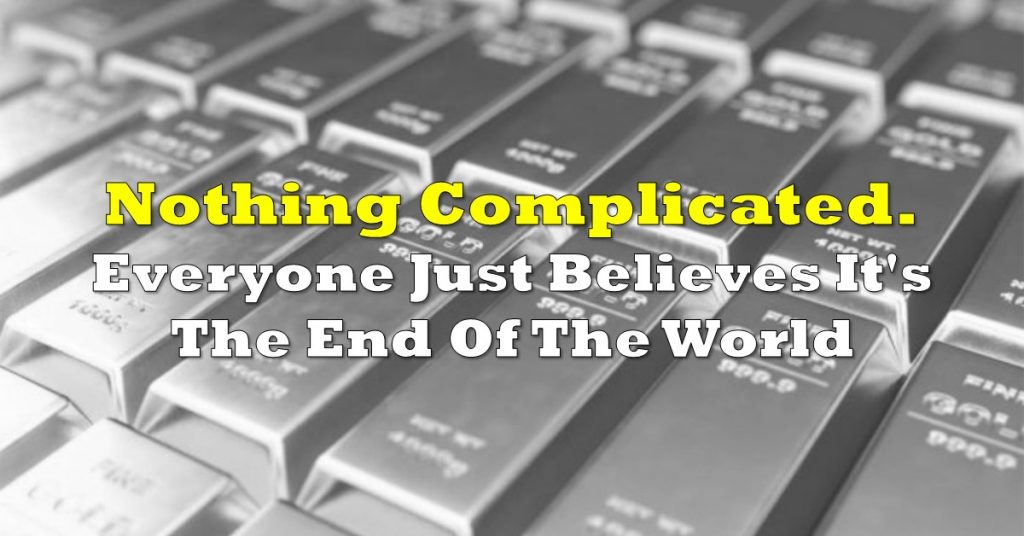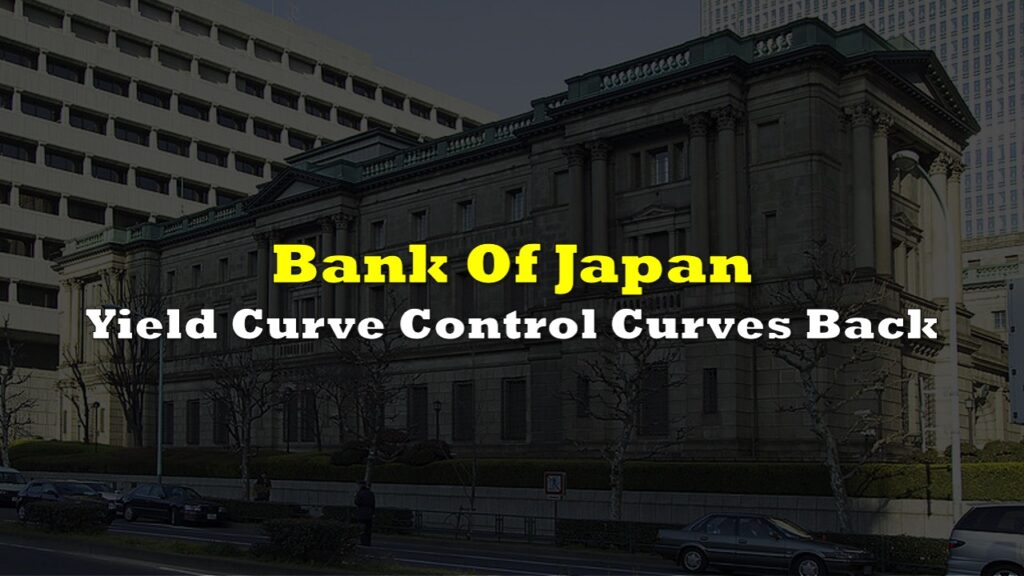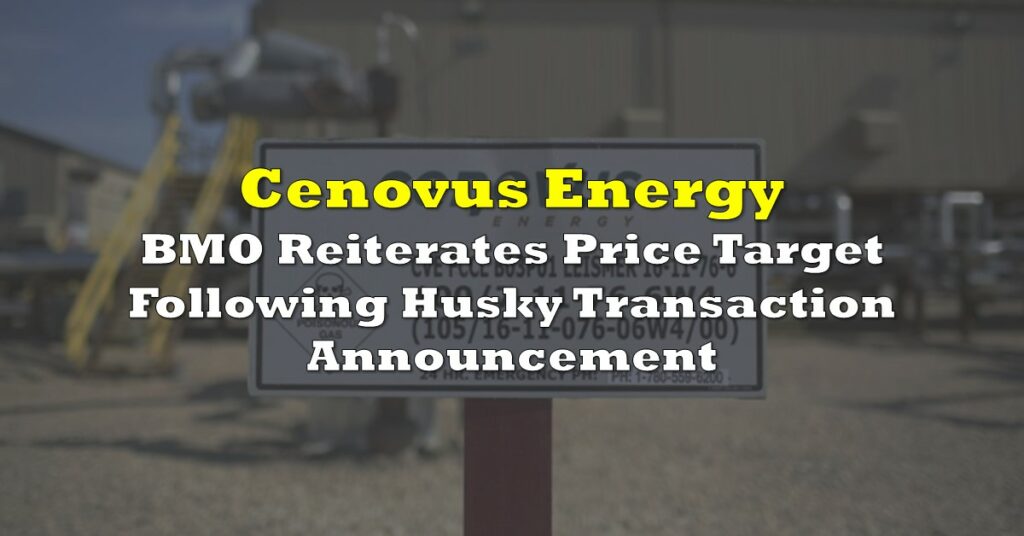The Dive has been tracking US corporate bond ETFs, because a major default could cause a cascade of failures that brings down the whole global economy. The government knows this, and so does the market.
Canada’s corporate bonds ETFs trades much more boring charts with much thinner volume and breakdowns that are looking just as ugly.
The Canadian economy being much less diverse than the US, the government North of the border is trying very hard to find a way to get that stim money into the natural resources sector, the largest part of the economy by a long shot, but it’s a tough sell.
The Russia / Saudi price war has the price of oil down a long way below the break-even price in Alberta, so capitalizing these oilcos doesn’t seem like an especially useful means of stimulus, but that isn’t likely to stop Ottawa. They’re likely to take on at least some of these bonds, like a parent co-signing for his kid’s 4×4 to keep it from being re-possessed. He’s learned his lesson about fiscal responsibility. Dad’s going to get him a job at his oil services company so that he’s got an income.
Thursday’s feeler article in The Globe and Mail tips this bailout with quotes from oil executives and government insiders speaking on background. Suddenly, all involved are very concerned with the risk posed by 3,406 orphaned wells scattered across the province. The CBC reported in January that a further 94,000 inactive wells risked becoming orphaned as the industry weakened, and these companies are impressing on the government that it would be a reeeeeaaallll shame if they had to add their presently producing wells to them in bulk… especially if they couldn’t afford cleanup and remediation.
None of the decommissioning, reclamation or remediation companies listed on the Alberta Orphaned Well Association’s website are public companies, but look for them to be bought with bailout cash or run out of business by the companies who get some.
Husky Energy Inc. (TSX: HSE) produced oil at a company-wide average cost of $15.53/boe in 2019. It managed an on-paper loss partly through the use of $5.4 billion in impairment and depletion charges, so we’re going to use Husky as an example, because we’ve got a weakness for the classics.
Husky is carrying $4.5 billion in unsecured debt. With WTI trading at $25, Husky could justify an impairment that makes last year’s look like the leftover Easter candy, default on its unsecured notes, and put the whole show on care and maintenance. The government can’t have that, though, so they’ll likely guarantee those bonds and give the Huskies of the world a contract to do some remediation so that they can keep the lights on. The market is watching closely for the terms right now, because they matter.
In a fluke, the metrics look great
Husky paid a $0.13/share dividend last year. That will almost certainly be cut, but represents a 16.6% yield at Husky’s current share price. The dividend is payable in cash or stock and, when you look at the chart, you can almost see all of the shareholders who chose to let it ride cashing out all at once.
Husky has a billion shares out, for a market cap of $3 billion; 21% of their December 31st, 2019 net asset value which, at this point, might as well be the sticker price on a new 4×4 that’s just been in a wreck.
These companies have an uncanny ability to secure government assistance without having to give up a pound of flesh, and we’ll see how they do this time around next week. From there, they may represent a tremendous bargain for investors inclined to try their luck trying to time an oil price bottom.
Breaking Bonds
We haven’t got the data feeds necessary to track the prices of Canadian corporate bonds in real time. The exchange traded products that we do track, and that your average investor has access to, include very little oil debt. The BMO Long Corporate Bond Index ETF that we used as an example contains no small amount of debt issued by the provinces and crown corporations, as well as airport authorities, BC Ferries, etc. You can check the composition here. We note that type of composition among all of the ETFs.
The Blackrock and Vanguard Canadian corporate bond ETFs are composed of even fewer bonds issued by private sector companies. We calculate the debt of private corporations as representing only 6% Vanguard’s Canadian Long-Term Bond Index ETF (TSX: VLB) by market value, and 7% by face value. The debt of Canadian provincial governments represents 55% of the face value in the ETF. The rest are provincial and municipal highway authorities, airports, etc.
Put that way, the bond weakness north of the border might not represent a lack of faith in the income that corporations use to pay their debt, but rather of the tax revenue that governments count on to pay theirs. Strange times.
The author has no securities or affiliations related to any organization mentioned. Not a recommendation to buy or sell. Always do additional research and consult a professional before purchasing a security. The author holds no licenses.









